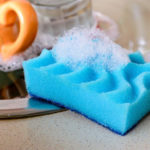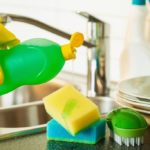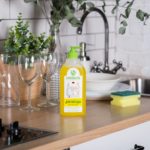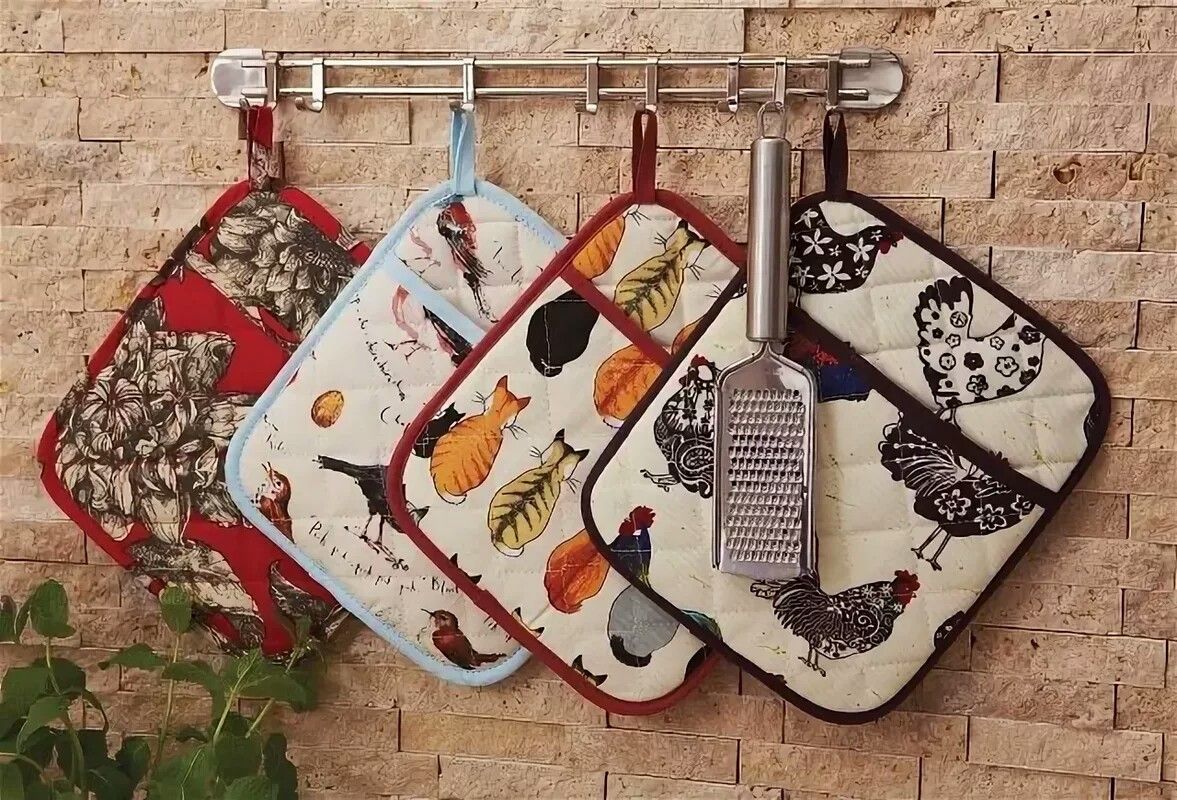Why do dishwashing sponges come in different colors?
Few of us, when buying dishwashing sponges, asked ourselves why they were made in different colors. Usually this is perceived by a person as commonplace - they say, for beauty and brightness. However, this is absolutely not true. It turns out that aesthetic pleasure has nothing to do with it, and each color of the working part means something.
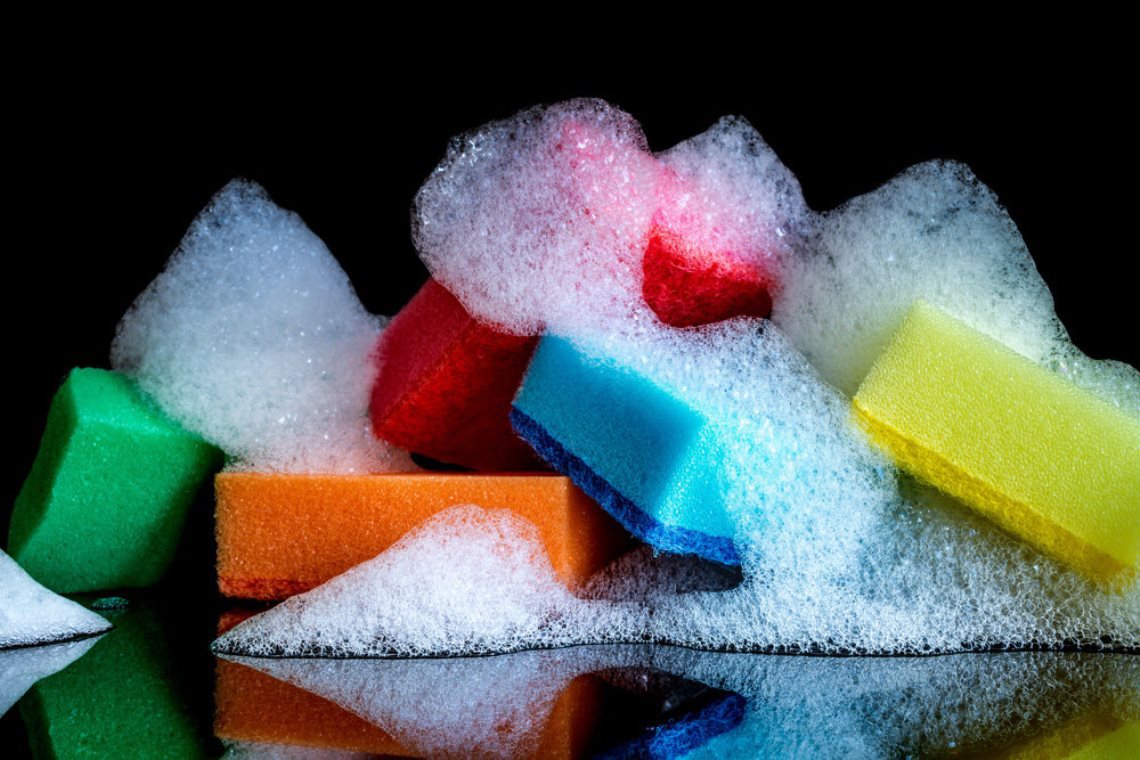
The content of the article
Why are dishwashing sponges different colors?
So, let's figure out what a sponge is made of. Often this is a foam sponge and a thin layer of hard material. The latter is also called Scotch-Brite. Usually we use it when removing difficult stains from dishes, remains of burnt food, stuck fat and other “delights” after preparing a dish.
Scotch Brite is a cut of abrasive material, and it is quite tough. That’s why it’s rarely used when washing dishes made of delicate materials, and God forbid you use it to wash a non-stick frying pan. Since it comes in different hardness, thickness and density, it is specially marked with a certain color.

Usually, when purchasing such primitive products as sponges, we think first of all about other selection parameters: size, porosity of foam rubber and, of course, its quality. Rarely does anyone pay attention to the color of Scotch Brite. Meanwhile, this indicator can “tell” you how hard the interlayer is and what exactly can be cleaned with it.
Green
The toughest type.It easily wipes off grease, carbon deposits, food residues, dried porridge (and - oh, miracle! - even buckwheat), and much more. But you should be extremely careful with such a sponge: it can even clean the enamel coating, if we talk specifically about the layer. Well, if a chip doesn’t work out, then scratches will probably appear. For this reason, it is not advisable to use such an abrasive for delicate dishes.
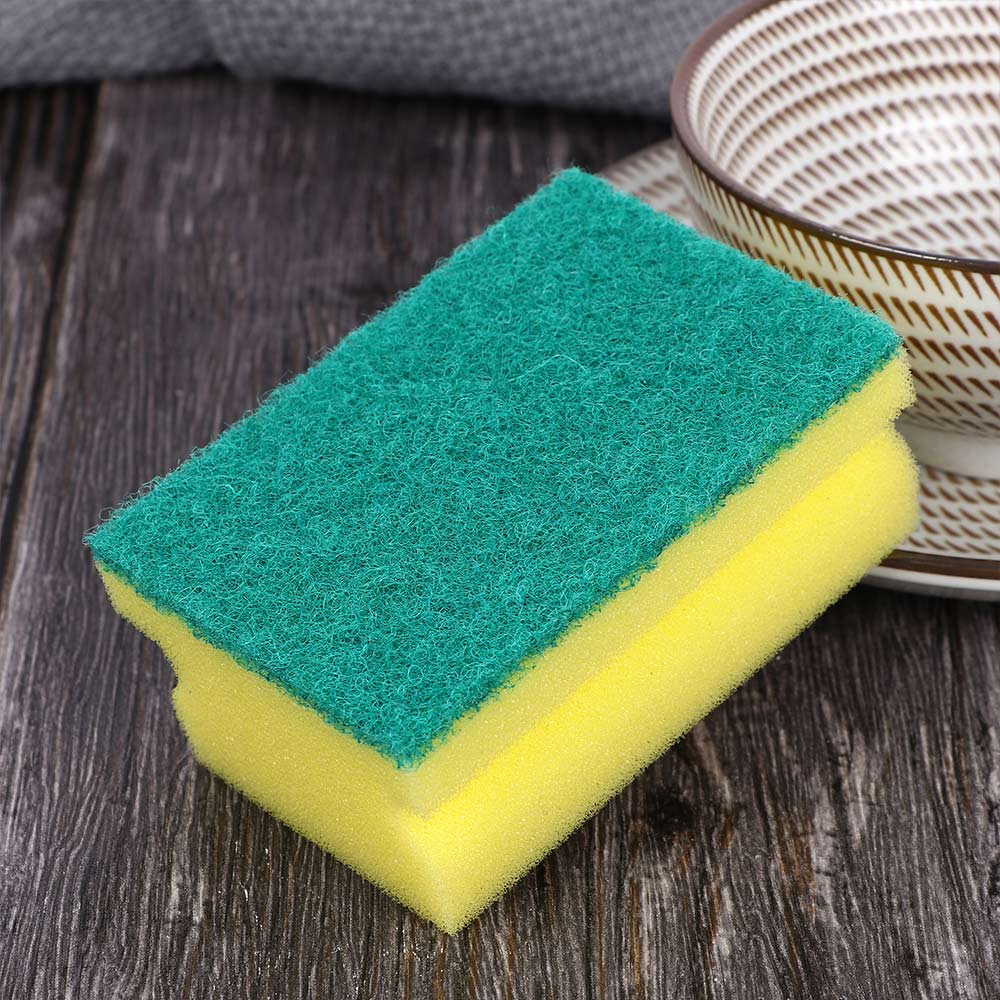
Brown and red
Medium hard type. As a rule, it is intended for washing dishes that do not contain carbon deposits and complex contaminants.
Yellow
The softest sponge. It is suitable for dishes made of delicate materials, such as glass, porcelain, crystal. However, there is a caveat in this case too. Whatever one may say, it is better to wash such capricious dishes simply with foam rubber, without resorting to Scotch-Brite.
Black
Maximum density and hardness of the abrasive. Such a Teflon frying pan definitely cannot be washed, otherwise you will have to run to the store for new utensils. These sponge options are extremely rare; they are designed to remove really difficult and old stains. Even if you clean something very durable with it, then with excessive effort, black Scotch Brite can leave scratches on the surfaces.
It is noteworthy that many housewives do not use black abrasive for dishes at all. They use it in more complex cases. For example, for cleaning limescale from a sink or for cleaning defects on various surfaces.
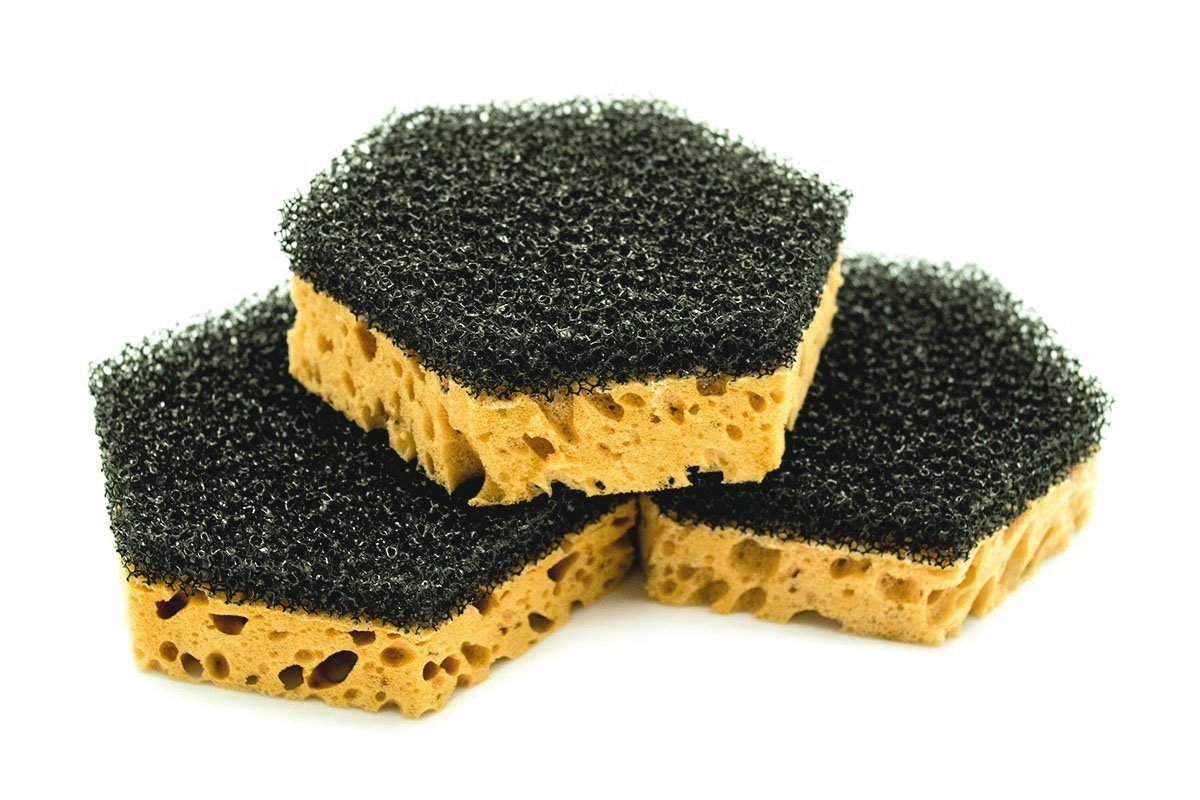
Of course, you can evaluate this discovery by testing the sponges you have at home and feeling the Scotch Brite. But sometimes you can find that the sponges are colored, but the abrasive layer is the same for everyone. But this is the responsibility of the manufacturer.And in this case, most likely, the products are really painted for beauty, and not from the point of view of practicality.

